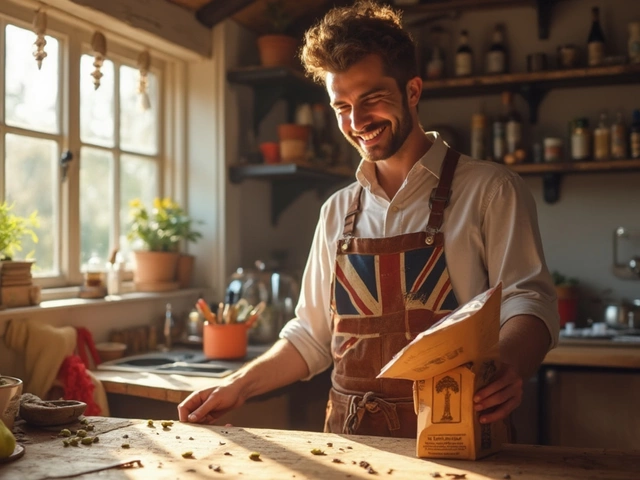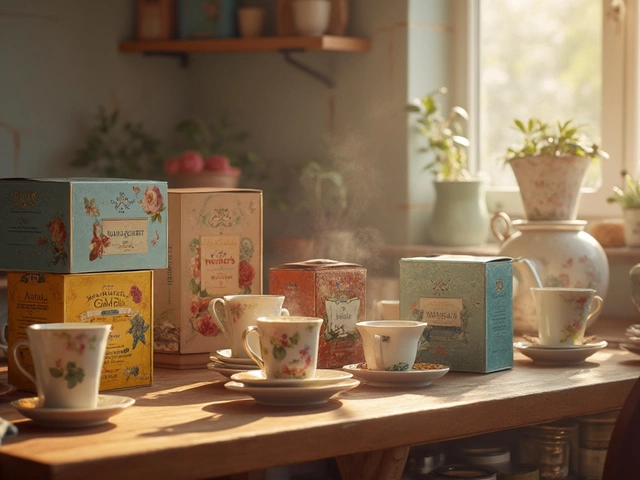Ale Yeast vs Lager Yeast: What Sets Them Apart?
If you’ve ever wondered why some beers taste fruity while others are clean and crisp, the answer often lies in the yeast. Ale yeast and lager yeast are two different strains that behave in distinct ways. Knowing the basics helps you pick the right one for your next batch.
Temperature and Fermentation Speed
Ale yeasts love warmth. They work best between 60‑70°F (15‑21°C) and finish fermenting in a week or less. This fast action means you can brew a weekend ale and drink it quickly. Lager yeasts, on the other hand, prefer cooler rooms, usually 45‑55°F (7‑13°C). They take longer—often two to four weeks—to finish, but the slower pace lets flavors settle and produces that smooth, clean finish most lagers are known for.
Flavor Profiles and Bubble Production
Ale yeasts tend to create esters, those fruity notes that remind you of bananas, apples, or pears. They also make more phenols, which can add spice or clove‑like tones. If you enjoy a beer with character, ale yeast is your go‑to. Lager yeasts generate fewer esters and phenols, so the malt and hop flavors shine through without much interference. They also leave the beer with finer bubbles, giving a silky mouthfeel.
Another practical tip: when you’re switching between the two, clean your fermenter well. Residual yeast can spoil the flavor you’re aiming for. A quick rinse with a mild sanitizer and a fresh batch of yeast will keep things tidy.
Knowing the yeast’s attenuation rate—how much sugar it eats—helps you predict the final alcohol level. Ale yeasts usually attenuate 70‑80%, while lager yeasts can hit 75‑85%. Check the label on your yeast packet for specific numbers, then adjust your grain bill accordingly.
Storage matters too. Keep yeast in the fridge and use it within its best‑by date. Fresh yeast translates to a healthy start and reduces the chance of off‑flavors.
Finally, think about your equipment. If you don’t have a temperature‑controlled fridge, an ale yeast is more forgiving. For lager, a simple chest freezer with a temperature controller works wonders and isn’t as pricey as a dedicated lagering system.
Bottom line: choose ale yeast for speed, fruitiness, and easy setup; pick lager yeast for a clean taste, fine bubbles, and a classic lager feel. Experiment with small batches, note how each yeast behaves, and soon you’ll know exactly which one fits your style.
Discover which yeast is best for homemade beer, explore ale and lager strains, learn how they impact flavor and get expert tips for flawless home brews.
View Details

